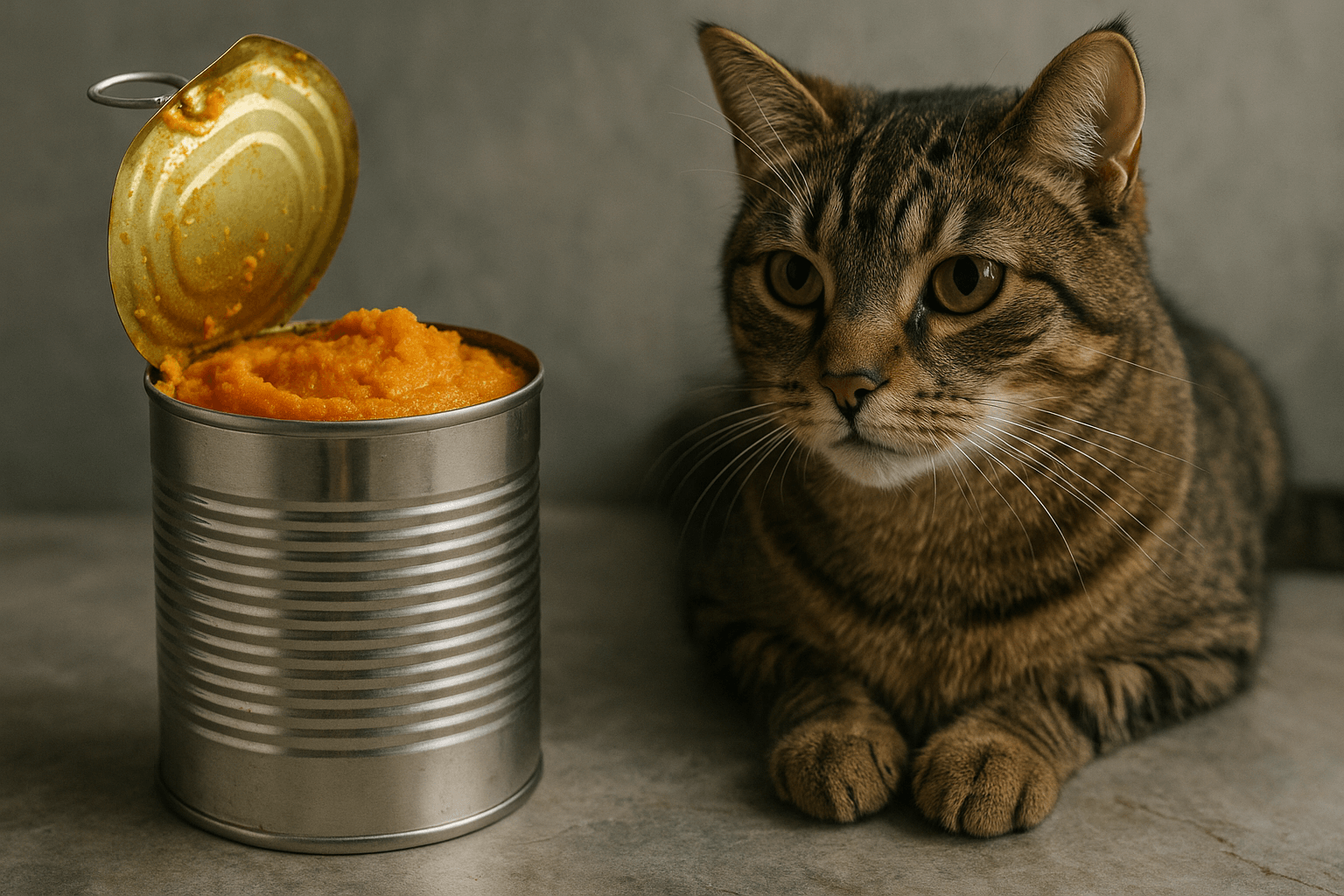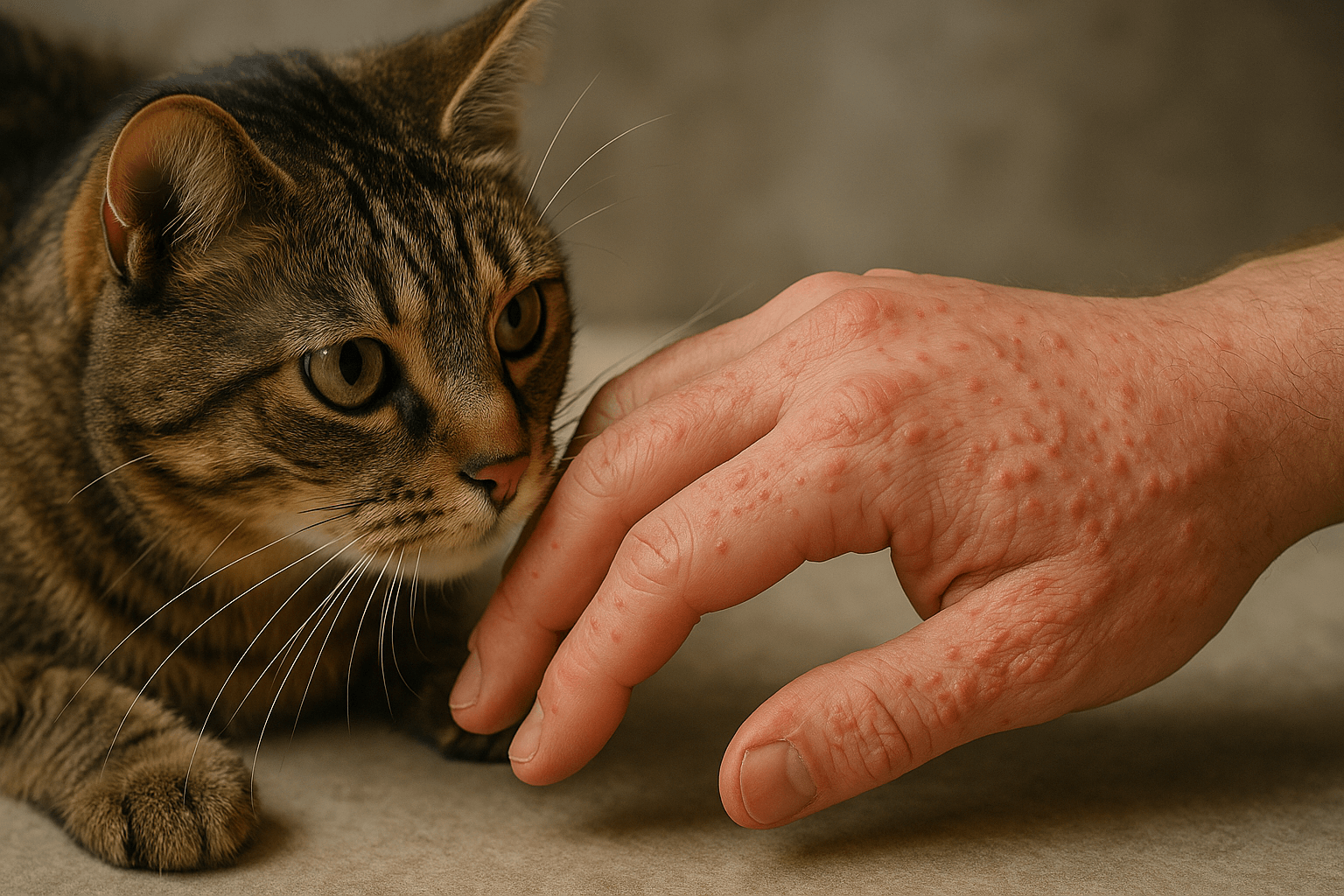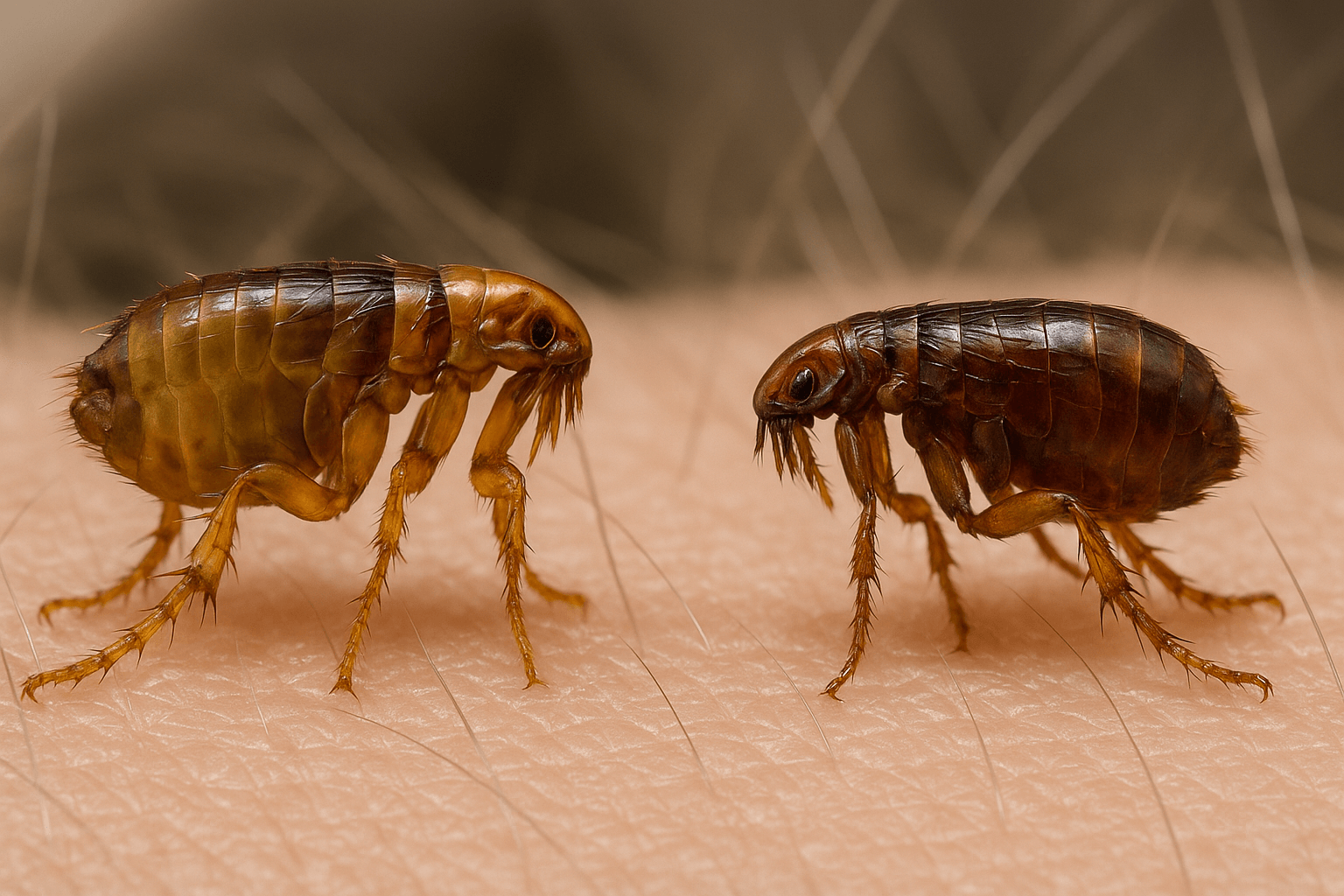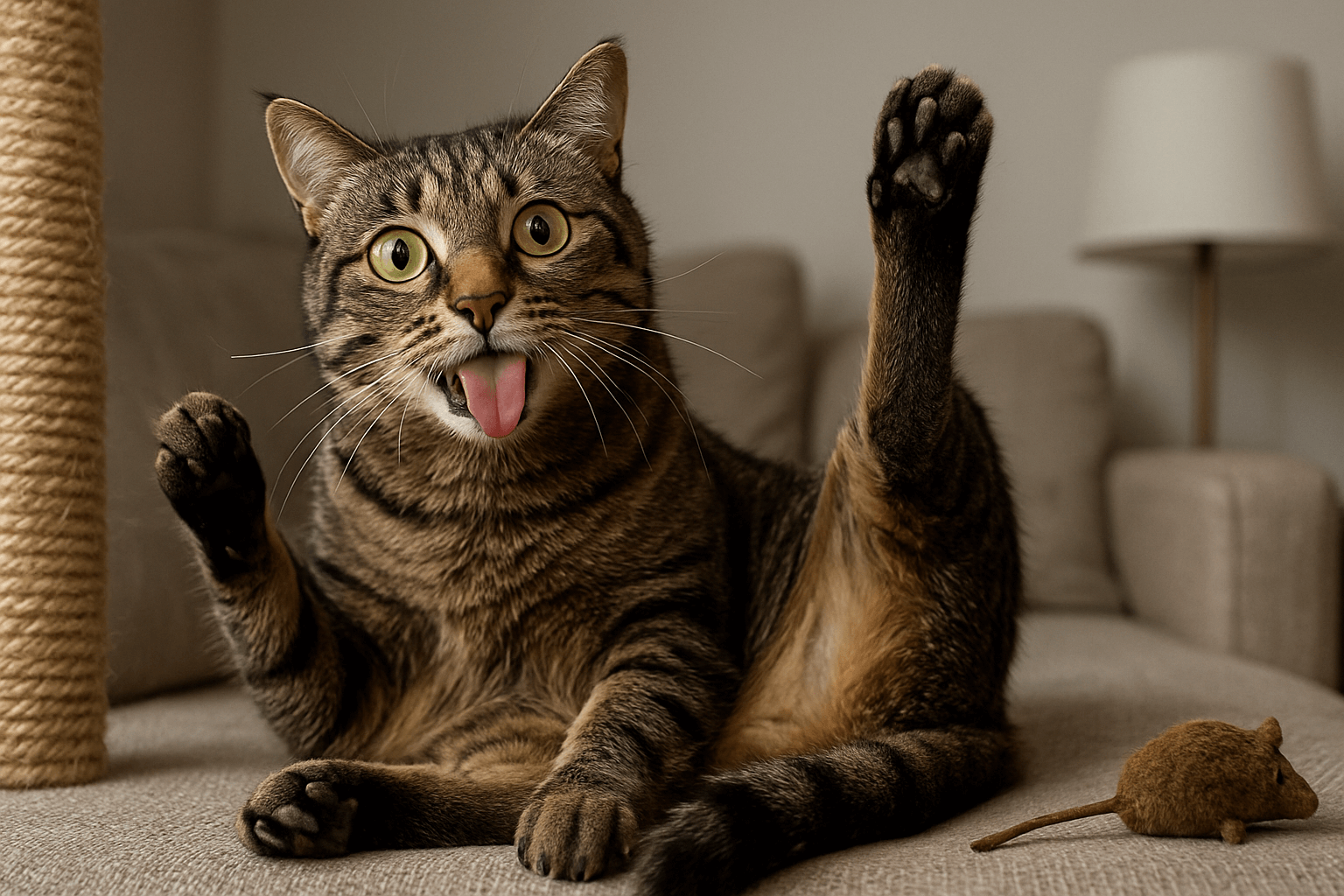Can Dogs Eat Rhubarb?
When it comes to feeding our furry friends, it’s natural to wonder which human foods are safe for dogs. One such food that often raises questions is rhubarb. Known for its tangy flavor and use in pies and desserts, rhubarb is a popular ingredient in many kitchens. However, not all human-safe foods are suitable for dogs, and rhubarb is no exception. While the stalks of rhubarb might seem harmless, other parts of the plant can pose serious risks to your dog’s health. In this blog post, we’ll explore whether dogs can eat rhubarb, the potential dangers, and safer alternatives to keep your pup happy and healthy.
Potential Risks of Feeding Rhubarb to Dogs
While rhubarb may be a tasty treat for humans, it contains compounds that can be harmful to dogs. Understanding these risks is crucial to ensuring your dog’s safety.
Oxalates in Rhubarb Leaves:
The leaves of rhubarb contain high levels of oxalates, which can cause kidney damage or failure if ingested by dogs.Toxicity in the Stalks:
Although the stalks are less toxic than the leaves, they still contain oxalic acid, which can irritate your dog’s digestive system.Kidney Stones:
Oxalates can lead to the formation of kidney stones, causing pain and urinary issues in dogs.Gastrointestinal Upset:
Consuming rhubarb can result in vomiting, diarrhea, or excessive drooling due to its acidic nature.Allergic Reactions:
Some dogs may experience allergic reactions, such as swelling or difficulty breathing, after consuming rhubarb.
These risks highlight why rhubarb should generally be avoided in your dog’s diet. Always prioritize their health over curiosity about new foods.
Signs Your Dog May Have Eaten Rhubarb
If your dog accidentally consumes rhubarb, it’s important to recognize the symptoms early to seek prompt veterinary care. Watch for these warning signs.
Vomiting or Diarrhea:
These are common symptoms of gastrointestinal upset caused by rhubarb ingestion.Excessive Drooling:
Drooling could indicate irritation in your dog’s mouth or throat from the oxalic acid.Lethargy or Weakness:
A sudden lack of energy may signal kidney issues or toxicity affecting your dog’s overall health.Difficulty Urinating:
Straining to urinate or blood in the urine could indicate kidney stones or damage.Swelling or Breathing Issues:
Allergic reactions may cause facial swelling or labored breathing, requiring immediate attention.
Recognizing these signs early allows you to act quickly and prevent further complications.
Check this guide 👉Can Dogs Have Maple Syrup? Best 7 Expert Tips!
Check this guide 👉Can Dogs Eat Oregano? Best 7 Expert Tips!
Check this guide 👉Can Dogs Eat Pesto? Best 7 Expert Tips!
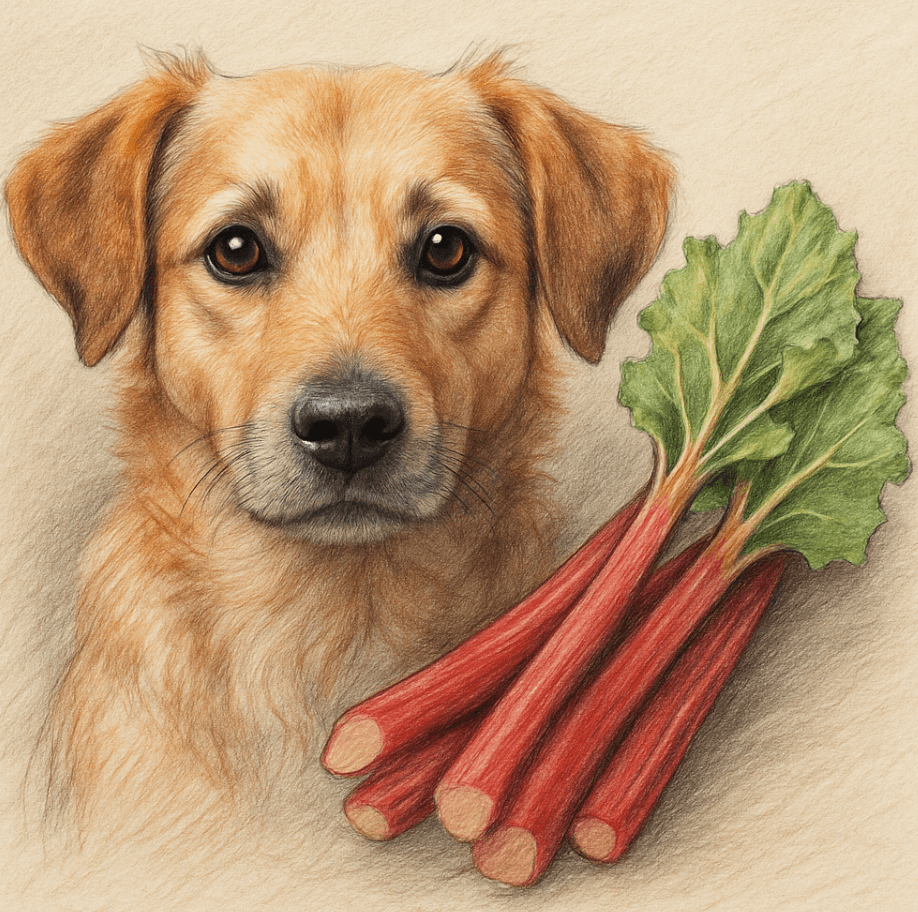
Safe Alternatives to Rhubarb | Risks of Feeding Rhubarb to Dogs |
|---|---|
Blueberries (rich in antioxidants) | Kidney damage from oxalates |
Carrots (low-calorie and crunchy) | Gastrointestinal upset |
Apples (without seeds or core) | Risk of kidney stones |
Green beans (fiber-rich and hydrating) | Allergic reactions |
Pumpkin (supports digestion) | Toxicity from rhubarb leaves |
How to Safely Introduce New Foods to Your Dog
If you’re considering adding new foods to your dog’s diet, it’s essential to do so cautiously. Follow these guidelines to ensure their safety.
Consult Your Veterinarian First:
Always check with your vet before introducing unfamiliar foods, especially those with known risks like rhubarb.Start with Small Portions:
If a food is deemed safe, offer tiny amounts initially to monitor your dog’s reaction.Avoid Toxic Ingredients:
Steer clear of foods that are known to be toxic to dogs, such as grapes, chocolate, and onions.Observe for Adverse Reactions:
Watch for signs of allergies, digestive issues, or other negative reactions after introducing new foods.Stick to Dog-Friendly Treats:
Opt for treats specifically formulated for dogs to avoid accidental exposure to harmful ingredients.
By following these steps, you can introduce new foods safely and responsibly.
Tips for Preventing Accidental Rhubarb Ingestion
Preventing your dog from accessing rhubarb is key to avoiding potential health issues. These tips will help you create a safer environment for your pet.
Store Rhubarb Out of Reach:
Keep rhubarb plants, stalks, and leaves in areas where your dog cannot access them.Supervise Outdoor Time:
If you grow rhubarb in your garden, supervise your dog closely to prevent nibbling on the plant.Teach the “Leave It” Command:
Training your dog to respond to commands like “leave it” can prevent them from eating unsafe items.Use Pet-Safe Plants Indoors:
Replace toxic plants like rhubarb with non-toxic alternatives to minimize risks.Dispose of Scraps Carefully:
Avoid tossing rhubarb scraps into areas where your dog might find and eat them.
Taking these precautions ensures your dog stays safe and avoids harmful foods.
Common Mistakes to Avoid When Feeding Dogs Human Food
Feeding your dog human food can be tempting, but certain mistakes can endanger their health. Here are some pitfalls to watch out for.
Assuming All Fruits Are Safe:
Not all fruits are safe for dogs; examples include grapes, cherries, and rhubarb.Ignoring Portion Sizes:
Even safe foods can cause digestive upset if given in large quantities.Feeding Processed Foods:
Processed snacks often contain salt, sugar, or artificial additives that are harmful to dogs.Overlooking Hidden Toxins:
Some foods, like avocado pits or apple seeds, contain hidden toxins that can harm your dog.Skipping Veterinary Advice:
Failing to consult your vet before introducing new foods can lead to unintended consequences.
Avoiding these mistakes ensures a safer and healthier approach to feeding your dog.
Healthier Alternatives to Rhubarb for Dogs
If you’re looking for nutritious and safe treats for your dog, there are plenty of alternatives to rhubarb that won’t pose any risks.
Blueberries:
Packed with antioxidants, blueberries are a delicious and healthy snack for dogs.Carrots:
Crunchy and low in calories, carrots are great for dental health and provide vitamins.Pumpkin Puree:
Plain pumpkin puree aids digestion and is a favorite among dog owners.Green Beans:
Low in calories and high in fiber, green beans make an excellent training treat.Watermelon:
Seedless watermelon is hydrating and refreshing, perfect for hot summer days.
These alternatives allow you to spoil your dog without compromising their well-being.
Understanding Oxalates and Their Effects on Dogs
Oxalates are naturally occurring compounds found in many plants, including rhubarb, and can have harmful effects on dogs. Here’s what you need to know about their impact.
Binding Calcium:
Oxalates bind with calcium in the body, potentially leading to kidney stones or blockages.Causing Irritation:
High levels of oxalates can irritate the digestive tract, causing discomfort or vomiting.Affecting Kidney Function:
Excessive oxalate intake can impair kidney function, leading to long-term health issues.Found in Common Plants:
Besides rhubarb, oxalates are present in spinach, beet greens, and other leafy vegetables.Minimizing Exposure:
Avoid feeding your dog foods high in oxalates and focus on safer dietary options.
Understanding oxalates helps you make informed choices about your dog’s nutrition and overall health.
Frequently Asked Questions About Dogs and Rhubarb
Is rhubarb toxic to dogs?
Yes, rhubarb contains oxalates, which can be toxic to dogs, especially in the leaves.
What should I do if my dog eats rhubarb?
Contact your veterinarian immediately for advice and monitor your dog for symptoms of toxicity.
Can dogs eat rhubarb pie filling?
While the sugar content in pie filling isn’t ideal, the primary concern remains the oxalic acid in rhubarb.
Are there any safe parts of rhubarb for dogs?
No part of rhubarb is considered completely safe for dogs due to its oxalate content.
What are safer fruits for dogs?
Safe options include blueberries, apples (without seeds), bananas, and strawberries.
Prioritizing Your Dog’s Health When It Comes to Rhubarb
Feeding your dog rhubarb is not worth the risk, given its potential to cause serious health issues. While some human foods are perfectly safe and even beneficial for dogs, others—like rhubarb—can pose significant dangers. By understanding the risks, recognizing symptoms of toxicity, and taking preventive measures, you can ensure your dog stays happy and healthy. Always consult your veterinarian before introducing new foods, and stick to dog-friendly snacks to keep your furry friend safe. Remember, a little caution goes a long way in protecting your loyal companion.
Canned Pumpkin for Cat Diarrhea: Best 7 Expert Tips! Natural remedy to firm stools, soothe upset bellies, and support gut health safely.
Can a Cat Give You Scabies? Best 7 Expert Tips! Discover the truth about feline mites, human skin risks, and how to protect yourself—without panic.
Cat Flea vs Human Flea: Best 7 Expert Tips! Discover the truth about bites, species, and how to eliminate infestations for good.
Weird Cat Behaviors: Best 7 Expert Tips! Discover why cats do strange things—and how to understand, not punish, their instincts for a happier home.

